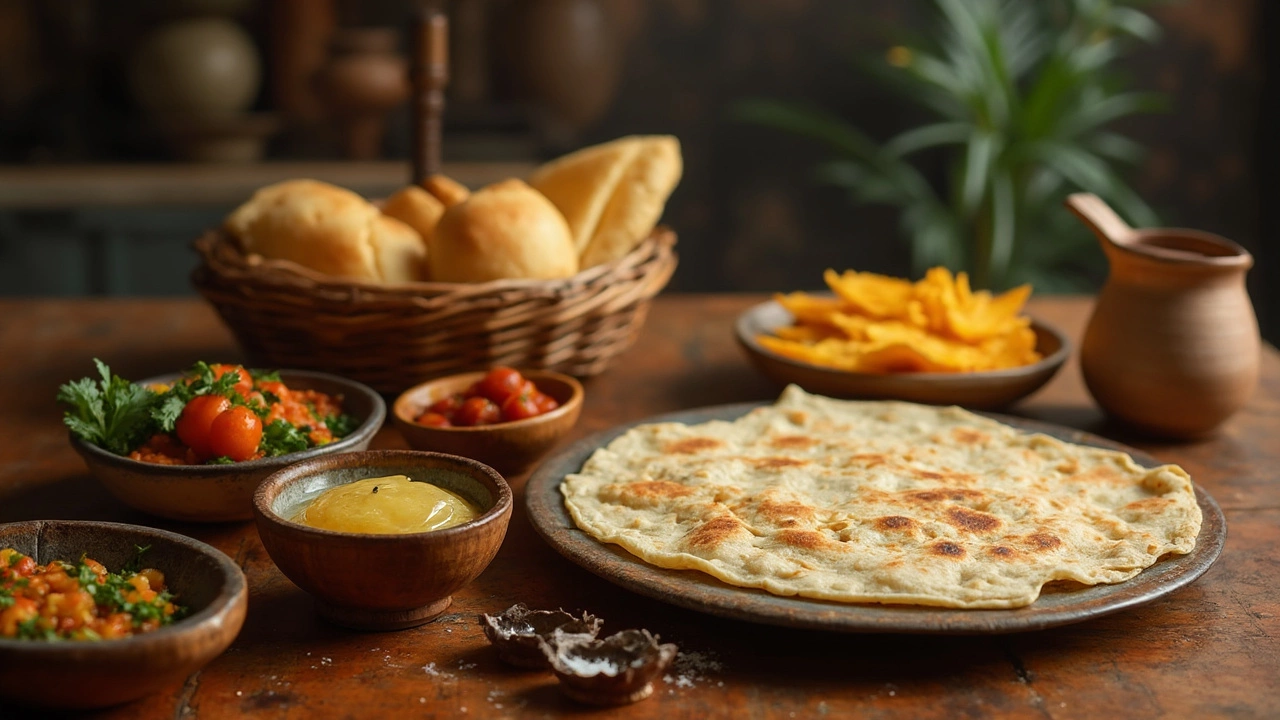Calorie Comparison in Indian Recipes
When looking at calorie comparison, the process of measuring and contrasting the energy content of foods. It’s especially useful for Indian dishes, the diverse range of regional meals that often blend rice, lentils, and spices and for anyone who tracks nutrition, the broader set of nutrients like protein, carbs, and fats that affect health. By comparing calories you can see why a plate of biryani carries more energy than a simple dal, or why tofu might suit a low‑calorie plan better than paneer. This quick look gives you the context you need before you start cooking or ordering.
Why calorie comparison matters for Indian meals
Indian cuisine is famous for bold flavors, but those flavors often come with hidden energy. A biryani, a layered rice dish with meat or vegetables can easily top 500 kcal per serving, while a bowl of dal, lentil stew that’s high in protein and fiber usually stays under 200 kcal. Knowing these numbers helps you balance a meal: pair a richer dish with a light side like cucumber raita, or swap heavy ghee for a splash of mustard oil. The same logic applies to protein choices – a paneer vs tofu comparison shows tofu often has fewer calories while still delivering protein, making it a smart swap for lighter plates.
Beyond individual dishes, calorie comparison ties into broader diet goals. If you’re watching sugar, the sugar consumption by ethnicity, studies that reveal how dietary habits vary across groups can guide you toward lower‑sugar options like plain yogurt or roasted chickpeas instead of sweet desserts. For fruit lovers, a quick look at the healthiest fruit, options rich in antioxidants and low in calories helps you replace calorie‑dense sweets with nutrient‑dense snacks. All these pieces together form a practical toolkit for anyone who wants tasty Indian food without compromising health.
With these ideas in mind, the posts below dive deeper into specific dishes, ingredient swaps, and nutrition tricks. From figuring out why biryani isn’t junk food to mastering a low‑calorie dal, you’ll find actionable tips that fit any skill level. Let’s explore the full range of calorie comparison insights and see how they can reshape your kitchen habits.

Roti vs. Bread: Which Has Fewer Calories?
When it comes to a staple like bread or roti, knowing which one has fewer calories can make a difference in how you approach your diet. This article breaks down the calorie content in common servings of roti and bread, providing real-world insights and a side-by-side comparison. Find out how ghee or sabzi impacts the calorie count and learn practical tips for making healthier choices without sacrificing taste.